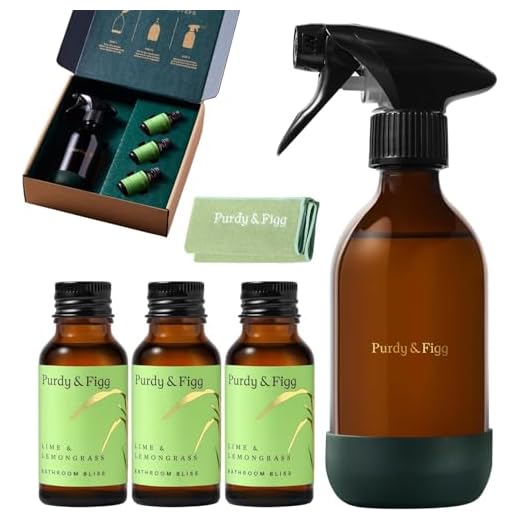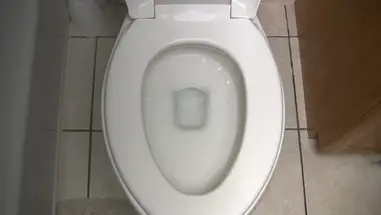


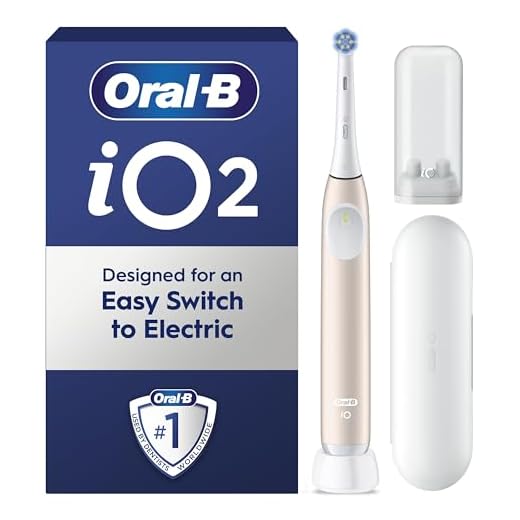

When it comes to cleanliness, one of the first things that comes to mind is toilet water. We all know that toilets can be a breeding ground for germs and bacteria, but what about the water itself? Is it really as dirty as we think?
Contrary to popular belief, toilet water is not inherently dirty or contaminated. In fact, it is typically treated with chemicals and undergoes filtration processes to ensure that it is safe for use. However, this doesn’t mean that toilet water is completely free from bacteria and germs.
The water in a toilet bowl can become contaminated when someone flushes the toilet with the lid open. This can cause tiny droplets of water, known as aerosols, to be released into the air. These aerosols can contain bacteria and other pathogens, which can then settle on nearby surfaces or be inhaled by those in close proximity.
It is important to note that the risk of contamination is higher in public restrooms where multiple people use the same toilet. Home toilets, on the other hand, are generally less likely to be a significant source of contamination.
While it may be alarming to think about the presence of bacteria in toilet water, it is important to remember that our bodies are exposed to bacteria and germs on a daily basis. Our immune systems are equipped to handle these exposures and protect us from getting sick.
That being said, it is still a good idea to practice good hygiene when using the toilet. Wash your hands thoroughly with soap and water after using the bathroom, and always close the toilet lid before flushing to minimize the release of aerosols.
In conclusion, toilet water is generally treated and safe for use. However, it can become contaminated with bacteria and other pathogens when the toilet is flushed with the lid open. Practicing good hygiene habits, such as handwashing and closing the toilet lid, can help minimize the risk of exposure to these contaminants.
Exploring Toilet Water Quality: Is It Clean?
Toilet water is often perceived as dirty due to its association with waste and bacterial contamination. However, it is important to understand the actual hygiene levels of toilet water and debunk any misconceptions.
The Water Source
The quality of toilet water depends on the source from which it is derived. In most households, toilet water comes from the same supply that provides clean water for drinking, cooking, and other domestic uses.
Water companies adhere to strict regulations and treatment protocols to ensure the safety and cleanliness of the water supply. This means that the water used to refill the toilet tank should be free from harmful bacteria and chemicals.
Flushing and Contamination
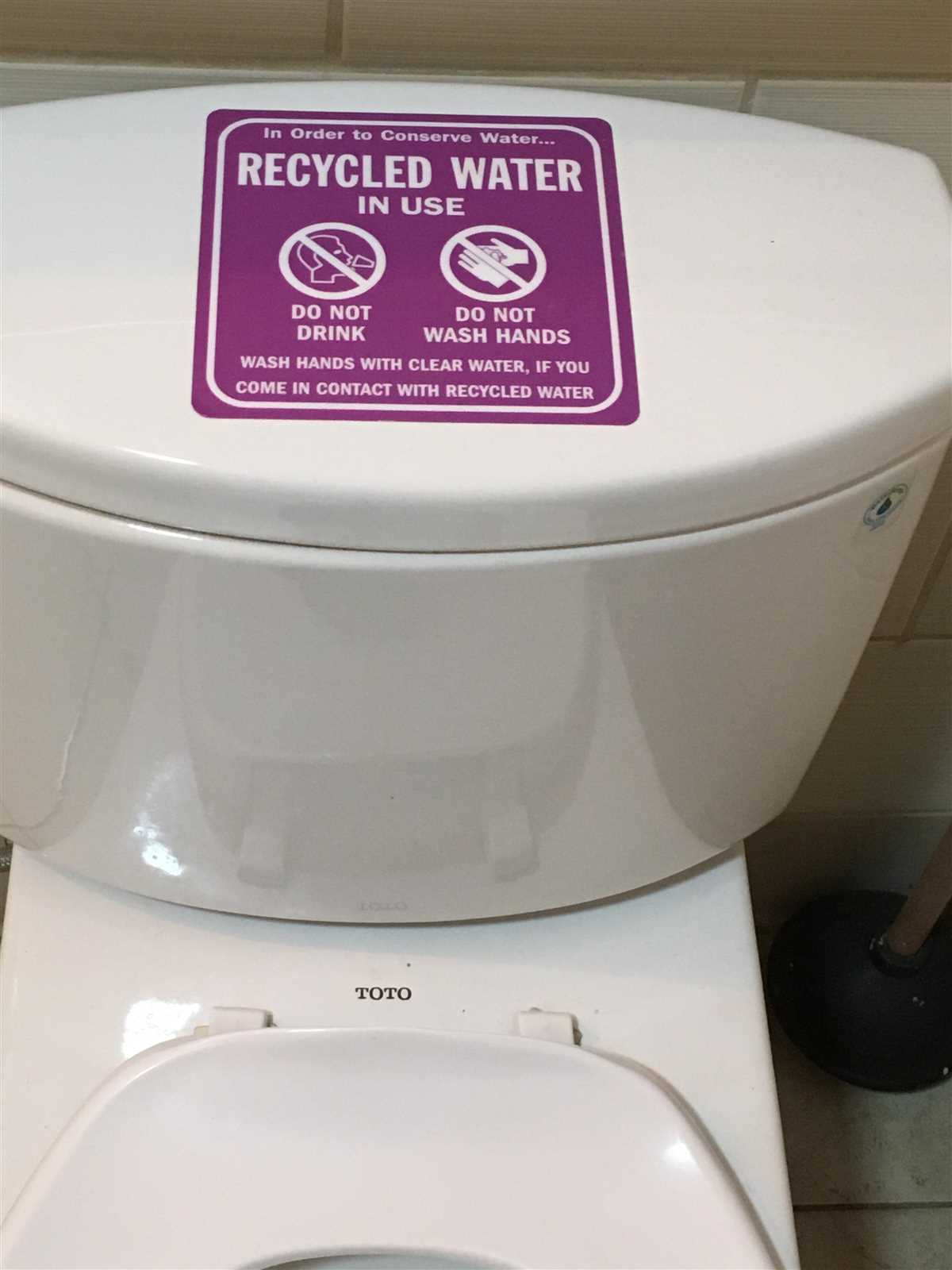
When a toilet is flushed, a certain amount of water mixes with waste substances and bacteria present in the bowl. This can give the impression that toilet water is inherently dirty. However, the amount of contamination in the water is generally low, especially if the toilet is regularly cleaned and maintained.
Furthermore, modern toilets are designed to use a specific volume of water per flush, effectively diluting and transporting the waste away. This helps minimize the concentration of any potential pathogens in the water.
Comparing Toilet Water with Other Household Water
Contrary to popular belief, studies have shown that the microbial quality of toilet water is often comparable to or even better than that of other household water sources, such as kitchen sink faucets or bathroom taps.
Additionally, using a lid on the toilet bowl when flushing can significantly reduce the dispersion of bacteria and water droplets into the air, further minimizing the risk of contamination.
Conclusion
Toilet water is generally clean and safe for its intended purpose, which is flushing waste away. It is important to differentiate between cleanliness and hygiene; while toilet water may not be suitable for drinking, it poses no significant health risks when used appropriately.
Regular cleaning and maintenance of toilets, proper hand hygiene, and adherence to standard sanitation practices are essential in maintaining a healthy and hygienic bathroom environment.
Understanding the Factors that Affect Toilet Water Hygiene
Toilet Design
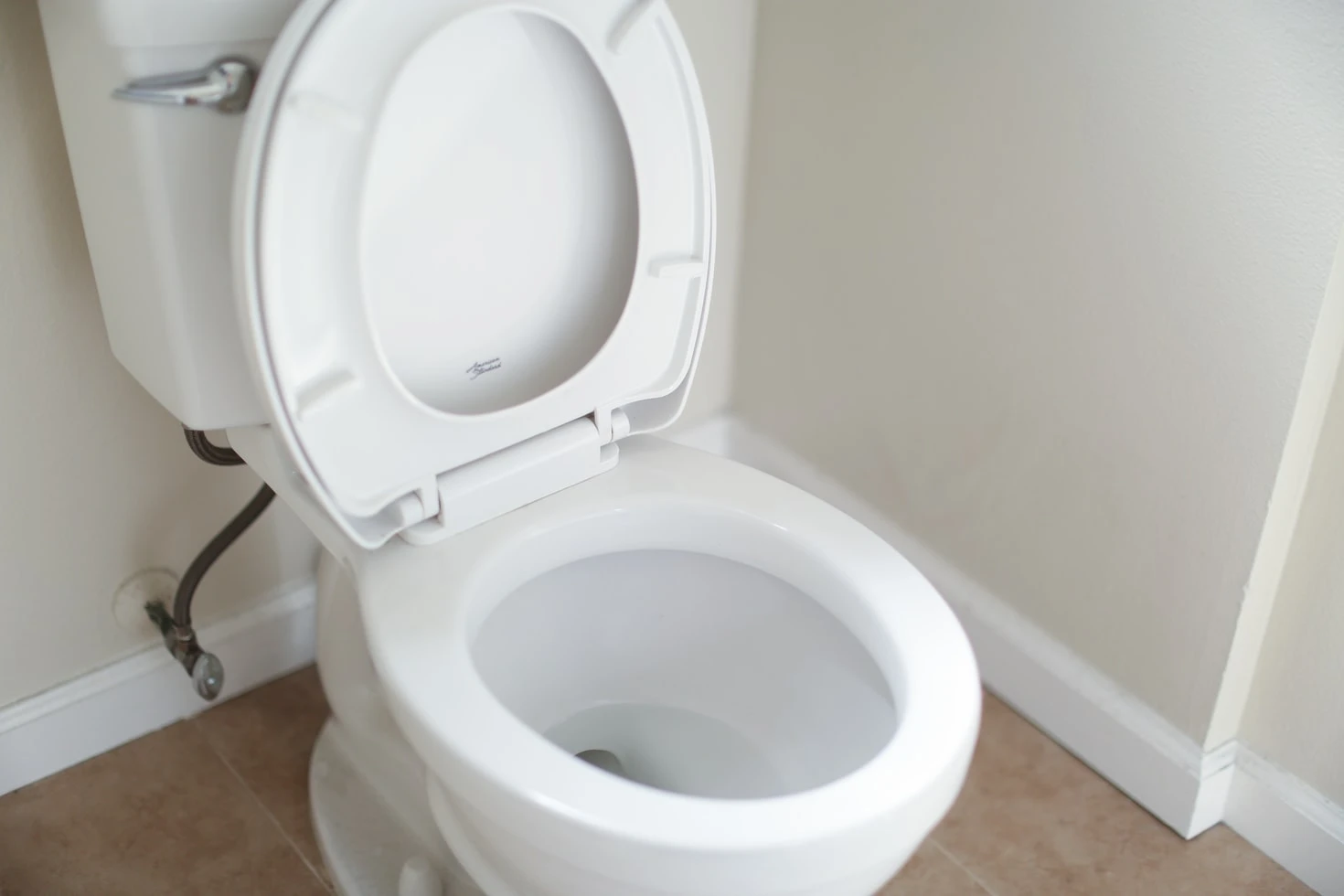
The design of the toilet can have a significant impact on its hygiene. Some toilets are designed with features that promote better cleanliness, such as rimless designs that minimize the buildup of fecal matter and bacteria. The material of the toilet bowl can also play a role in its hygiene, as certain materials may be more resistant to staining and bacterial growth.
Flushing Mechanism
The flushing mechanism of a toilet is crucial for maintaining good hygiene. A powerful flush can help remove waste effectively and prevent remnants from lingering in the bowl. It is important to ensure that the flushing mechanism is in good working order and regularly cleaned to prevent the accumulation of bacteria and odors.
Water Quality
The quality of the water used in toilets can affect their hygiene. Water that is contaminated or contains high levels of bacteria can contribute to the spread of germs and foul odors. It is important to use clean, treated water in toilets to ensure proper sanitation.
Cleaning and Maintenance
The frequency and effectiveness of cleaning and maintenance can greatly impact toilet water hygiene. Regular cleaning of the toilet bowl, seat, and surrounding area is essential to remove bacteria and prevent the spread of germs. Additionally, routine maintenance, such as checking for leaks or blockages, is important to address any hygiene issues promptly.
User Behavior
The behavior of toilet users also plays a significant role in toilet water hygiene. Proper flushing techniques, such as using the appropriate amount of water and ensuring all waste is flushed away, can help maintain cleanliness. It is also essential for users to practice good hygiene habits, such as washing their hands thoroughly after using the toilet, to prevent the spread of germs.
Conclusion
Understanding the factors that affect toilet water hygiene is important for maintaining a clean and healthy bathroom environment. By considering toilet design, flushing mechanism, water quality, cleaning and maintenance, and user behavior, individuals can take steps to ensure optimal toilet water hygiene.
The Role of Toilet Cleaning Products in Maintaining Water Cleanliness
Toilet cleaning products play a crucial role in maintaining the cleanliness of toilet water. These products are designed to eliminate harmful bacteria, viruses, and other microorganisms that can contaminate the water. By regularly using these cleaning products, you can help ensure that the water in your toilet remains clean and hygienic.
There are several types of toilet cleaning products available in the market, including toilet bowl cleaners, disinfectant sprays, and toilet rim blocks. Each product has its own specific function and target different areas of the toilet bowl.
Toilet Bowl Cleaners
Toilet bowl cleaners are specifically formulated to remove stains, mineral deposits, and grime from the toilet bowl. These cleaners often contain chemicals such as bleach or acid, which effectively break down and remove the dirt. It is important to follow the instructions on the product label and use the cleaner as directed to ensure effective cleaning without causing any damage to the toilet bowl.
Disinfectant Sprays
Disinfectant sprays are designed to kill bacteria, viruses, and other germs on the surfaces of the toilet, including the toilet seat and handle. These sprays typically contain ingredients like alcohol or quaternary ammonium compounds that have antimicrobial properties. It is important to thoroughly spray and wipe the surfaces with a clean cloth or paper towel to ensure proper disinfection.
Toilet Rim Blocks
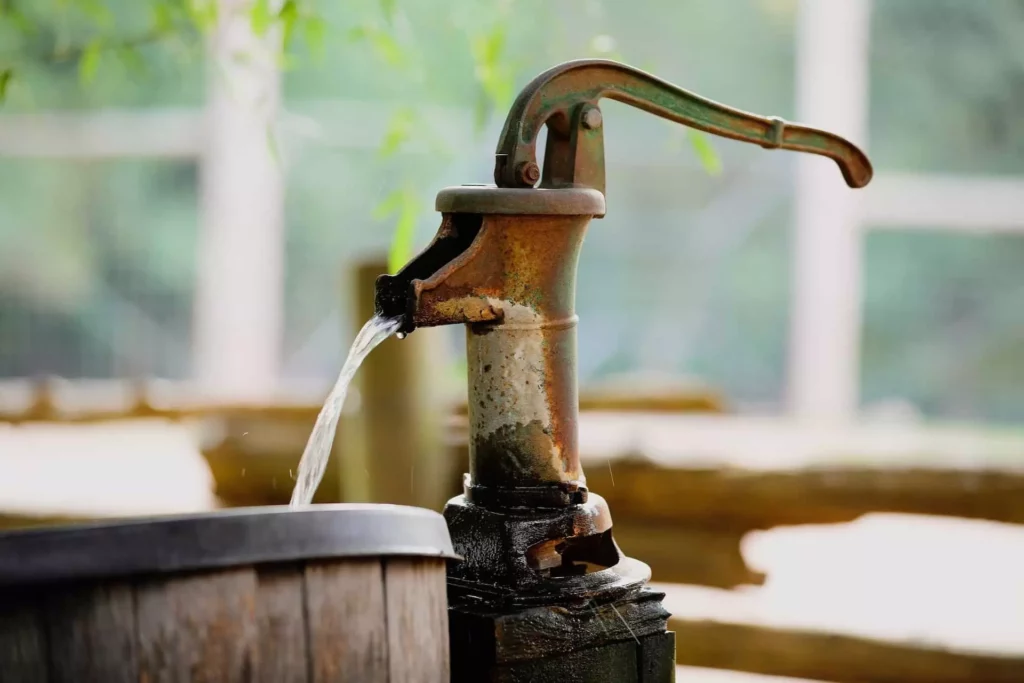
Toilet rim blocks are placed in the toilet tank or bowl to provide continuous cleaning and freshening. These blocks slowly dissolve in water, releasing cleaning agents and fragrances that help keep the toilet bowl clean and smelling fresh. However, it is essential to choose rim blocks that are safe for the environment and do not cause any harm to the water supply.
Regularly cleaning your toilet with these products, following proper usage instructions, and maintaining good hygiene practices can significantly contribute to the cleanliness of toilet water. However, it is important to note that toilet water cleanliness also depends on other factors such as the quality of the water supply and the overall cleanliness of the bathroom.
Examining the Impact of Toilet Flushing on Water Hygiene
Introduction

When it comes to water hygiene, one commonly overlooked factor is the impact of toilet flushing. While many people assume that toilet water is dirty and unsanitary, the truth is that modern flushing systems are designed to minimize the spread of bacteria and maintain water hygiene. In this article, we will examine the impact of toilet flushing on water hygiene and dispel some common misconceptions.
The Flushing Process
Modern toilets are designed to effectively remove waste without compromising water hygiene. When a toilet is flushed, a combination of water and air creates a strong force that pushes waste down the drain. This high-velocity water flow ensures that waste is quickly and efficiently removed from the toilet bowl, minimizing the risk of bacterial contamination.
Water Quality
Another aspect to consider is the quality of the water used for flushing. In many developed countries, tap water is treated and filtered to meet strict quality standards. This means that the water used for flushing is generally free from harmful bacteria and pathogens. Additionally, the flushing process itself helps to dilute any remaining bacteria in the bowl, further reducing the risk of contamination.
Hygienic Measures
Toilet manufacturers have also taken steps to improve water hygiene by incorporating hygienic measures into their designs. For example, many modern toilets feature smooth surfaces and concealed traps, making it difficult for bacteria to accumulate and thrive. Some models even use antimicrobial materials or coatings to further minimize bacterial growth.
Maintaining Water Hygiene
While toilet flushing plays a significant role in maintaining water hygiene, it is important for individuals to take some additional steps. Regular cleaning of the toilet bowl and ensuring that the toilet is sealed properly can help prevent any potential leaks or contamination. It is also crucial to practice good personal hygiene, such as washing hands thoroughly after using the toilet.
Conclusion
Contrary to popular belief, toilet flushing does not have a negative impact on water hygiene. Modern flushing systems are designed to effectively remove waste and minimize the spread of bacteria. With proper maintenance and personal hygiene practices, toilets can be a hygienic and safe part of our everyday lives.
Dispelling Common Myths About Toilet Water Contamination
Myth: Toilet water is full of bacteria and germs
Fact: While it is true that toilet water contains bacteria and germs, it is not necessarily “full” of them. Toilet water can contain harmful bacteria such as E. coli and other pathogens, but they are typically found in much higher concentrations in fecal matter itself rather than in the water. Flushing the toilet effectively dilutes the bacteria and reduces the risk of contamination.
Myth: Flushing the toilet creates an aerosol effect, spreading bacteria everywhere
Fact: Flushing the toilet does create a small amount of aerosolized water droplets that can spread bacteria to nearby surfaces. However, this effect is limited to the immediate vicinity of the toilet and is not a major concern unless proper hygiene practices, such as regular cleaning and handwashing, are not followed. The risk of contamination can be minimized by closing the toilet lid before flushing and practicing good hygiene habits.
Myth: Toilet water is safe to drink in case of emergency
Fact: While toilet water may not be contaminated with harmful bacteria in every instance, it is not safe to drink under normal circumstances. Toilet water is not treated or filtered for consumption, and it may contain traces of cleaning chemicals, medications, or other substances that make it unsafe for drinking. In case of an emergency, it is recommended to seek alternative sources of safe drinking water.
Myth: Keeping the toothbrush near the toilet can lead to contamination
Fact: It is possible for bacteria to be present on the surface of the toothbrush if it is kept near the toilet. However, the risk of contamination can be minimized by properly storing the toothbrush in a clean, covered container or a cabinet, away from direct contact with toilet water and flushing aerosols. It is also advisable to regularly replace toothbrushes and practice good oral hygiene habits.
Myth: Toilet water can cause infections if it comes into contact with open wounds
Fact: It is generally not recommended to come into contact with toilet water, especially if you have open wounds, as it may contain bacteria that can cause infections. If you do accidentally come into contact with toilet water, it is important to immediately clean the affected area with soap and water and seek medical attention if necessary. However, the risk of infection from toilet water contacting intact skin is relatively low.

